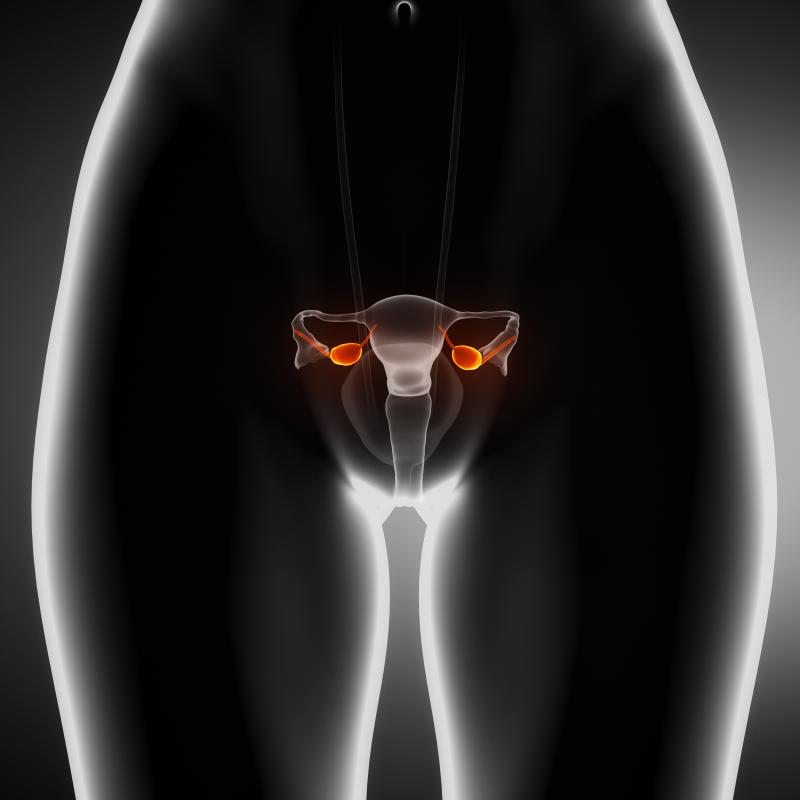
While douching is not associated with the risk of ovarian cancer, the combination of talc and commercially available douches contributes to a modest increase in the risk of epithelial ovarian cancer (EOC) beyond that conferred by talc use alone, as shown in a recent study.
The study involved 2,040 EOC patients and 2,100 controls. Researchers also collected data on pelvic inflammatory disease (PID), ectopic pregnancy and cervical neoplasia to estimate the risk of these events in relation to douching and/or talc use.
Unconditional logistic regression analysis revealed EOC risk to be associated with talc use but not the practice of douching. In reference to women who never regularly douched or used talc, the adjusted odds ratios (ORs) for EOC were 1.28 (95 percent confidence interval [CI], 1.09–1.51) in women who used talc but never douched and 0.94 (95 percent CI, 0.76–1.16) in those who douched but never used talc.
The risk estimate was notably higher in women who used both talc and store-bought douches (OR, 1.53, 95 percent CI, 1.11–2.10) but lower in those who used both talc and homemade douches (OR, 0.83, 95 percent CI, 0.52–1.33).
Finally, in the group of EOC patients, women who both douched and used talc were more likely to have PID than those who neither douched nor used talc (OR, 5.03, 95 percent CI, 1.61–15.7).
The findings underscore careful consideration of the joint effect of talc use and douching, especially with commercial products, when evaluating risks associated with disorders involving genital tract inflammation or EOC, according to the researchers.